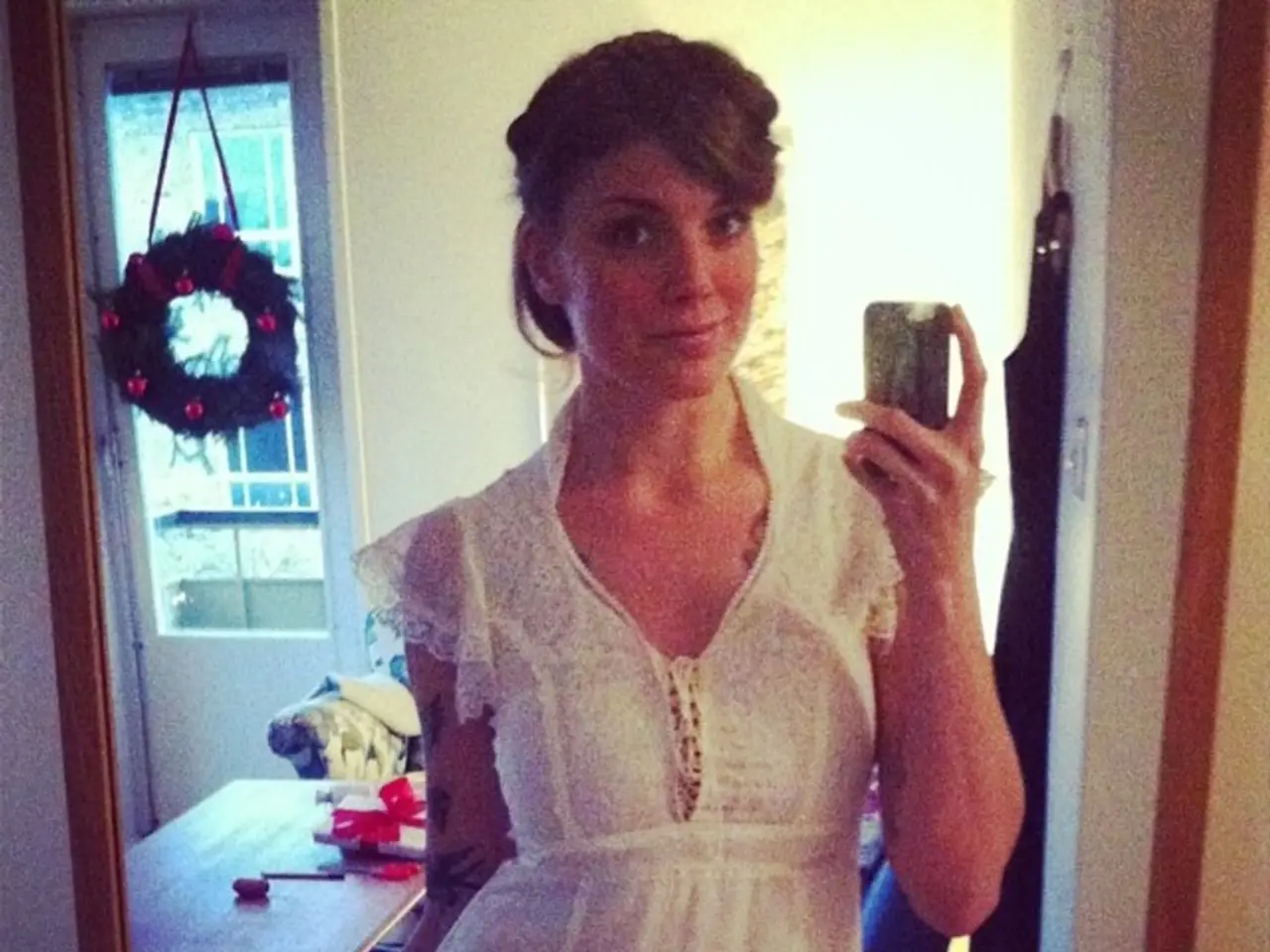Transforming Narratives with Reflection Patterns
In the world of storytelling, the mirror structure plays a crucial role in creating a sense of closure and cohesiveness. This narrative technique ensures that what a story starts is finished, relationship questions are resolved, and promises made to the reader are fulfilled.
At its core, the mirror structure revisits plot points, character arcs, or narrative setups introduced early on and brings them full circle or to a meaningful conclusion. This gives the story a sense of completeness as the narrative loop closes, satisfying the reader's expectation that initial conflicts or mysteries won’t be left hanging.
Character relationships or tensions introduced earlier often find their outcomes mirrored or answered in the story’s conclusion, reflecting growth, reconciliation, or payoff of earlier emotional stakes. The mirroring highlights character development or thematic transformation through parallel scenes or dialogue.
Early narrative "promises"—which can be foreshadowing, thematic hints, or ethical questions—are resolved or addressed by the story’s ending through mirrored events or thematic callbacks. This guards against narrative disappointment by ensuring hope, suspense, or curiosity sown at the beginning reaches satisfactory resolution.
This kind of structure is often seen in nonlinear or recursive storytelling, where the ending cycles back to the start or key moments are echoed to reinforce meaning rather than simply advance chronology. For example, some stories use loops or repeated moments with meaningful variation to emphasize unresolved tensions or states of being, while others evoke symmetry to deliver closure.
In more explicit terms, storytellers employ this in three major ways:
- Structural mirroring: The story’s end parallels its beginning in event, dialogue, or setting to highlight change or stasis.
- Thematic mirroring: Early themes are revisited with new clarity or resolution at the story’s end.
- Character mirroring: Characters' roles, decisions, or relationships reflect back on an earlier moment, showing development or consequences.
The antagonist relationship is a specific type of changing relationship that starts when someone or something seeks to prevent the Main Character (MC) from achieving their goal. This relationship ends when the MC achieves their goal despite the antagonist, or fails so badly that it is believed they will not try again.
In fiction, there are three main types of relationships: window dressing, changing relationships, and relationships that remain unchanged. Window dressing relationships have roles within a story but do not change. They provide conflict and show different sides of a character. Changing relationships, on the other hand, start with discord and evolve over the course of the story, showing character change.
A story can have multiple starts and ends, but they should be resolved in the order they appear. If a story starts as a mystery, it finishes when the mystery ends. Similarly, if it starts as a romance or with children disappearing, it ends when the respective events are resolved. Suspense can be present in a story, but if the main focus is a romance, it should be resolved before or with the end of the romance.
Notable works that exemplify the mirror structure include J.R.R. Tolkien's "Lord of the Rings." In this epic tale, characters such as Sam and Gollum serve as examples of changing relationships for Frodo, with their interactions changing as Frodo's character changes. Pivotal moments, such as Gollum stealing the ring from Frodo and falling into Mount Doom, are culminations of these changing relationships.
In conclusion, the mirror structure functions as a narrative device to ensure coherence, emotional payoff, and thematic completeness, often by bringing key story elements back in a reflective or cyclical manner that satisfies the reader's investment in the story arc. It is essential for writers to keep the promises made to the reader, delivering on the explosions, messages about the nature of the universe, or other elements they have been led to expect.
Education and self-development are essential for understanding the complex mirror structure in storytelling, as it involves learning about narrative techniques and analyzing how they are used to create cohesive and satisfying stories. Learning about the mirror structure provides lifelong learners with the tools to deconstruct and reflect on stories, understanding the transformative power of literature and its ability to reveal character development and thematic transformation.
The mirror structure, with its focus on resolving promises and creating closure, mirrors the concept of lifelong learning, as it encourages readers to revisit ideas, themes, and characters, bringing them full circle and achieving a meaningful understanding of the narrative. This parallel between storytelling and education highlights the importance of curiosity, critical thinking, and exploration in both literacy and life.







